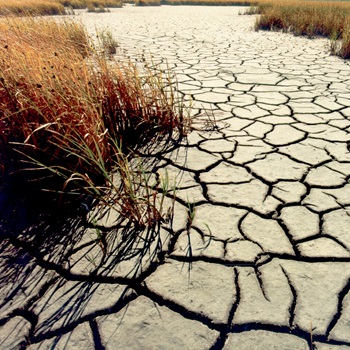Drought emergency preparedness

Western Washington is typically associated with rain, green trees, and healthy environments, making the idea of drought in King County seem like a far-fetched notion. However, as exemplified most recently by dry conditions in the summer of 2015, droughts can also occur in this part of the state.
Drought can be a result of multiple causes including global weather patterns that produce warm, dry air resulting in less precipitation. Drought may be defined as a prolonged period of dryness severe enough to reduce soil moisture, water and snow levels below the minimum necessary for sustaining plant, animal, and economic systems.
Assessing the probability of drought conditions in King County can be challenging due to our usually temperate weather. As a result, current long-range forecasts of drought have limited reliability. If historic patterns repeat themselves, dry conditions occur approximately every decade.
Widespread impacts
Drought conditions in King County can have an impact on the economic viability of agriculture and power industries as well as water and snow recreational activities. Drought conditions also impact the amount of water available for crops, and could also reduce the area snow pack, which could have a negative result on winter sports tourism.
Additionally, due to the prevalence of hydroelectric dams in King County, drought could also have a negative impact on the availability and cost of electricity. In severe cases, our region could experience planned power outages (also known as brownouts) as a result. Due to dry conditions, there would be in increase in fire activity, especially in wildland areas. Another negative impact could include the affect on the capabilities of firefighters in the area, as water shortages may result in reduced water flow and pressure available to combat fires.
Do your part to combat dry conditions by using water wisely. Check out the resources below to learn how to conserve water and better protect your home during drought conditions.
Prepare for drought
- Conserve water, even before drought conditions exist.
- Install water-efficient appliances and devices.
- Landscape around your home using drought-tolerant grasses, trees, and other vegetation.
- Learn about water restrictions in your area and how to reduce water consumption in and around your home.
- Plan for the possibility of power outages during severe drought conditions.
During a drought
- Reduce your water use.
- Take shorter showers.
- Don't let the water run while brushing teeth or shaving.
- Don't wash your car.
- Only do laundry when you have a full load.
- Forego watering your lawn or other outdoor plants. If you must water outdoors, do it in the early morning or late evening when it's cooler and less likely to evaporate.
- Be aware of water restrictions.
- As drought worsens, the chance of wildfires increases. Avoid outdoor burning, using fireworks, or activities that can cause sparks.

 Translate
Translate